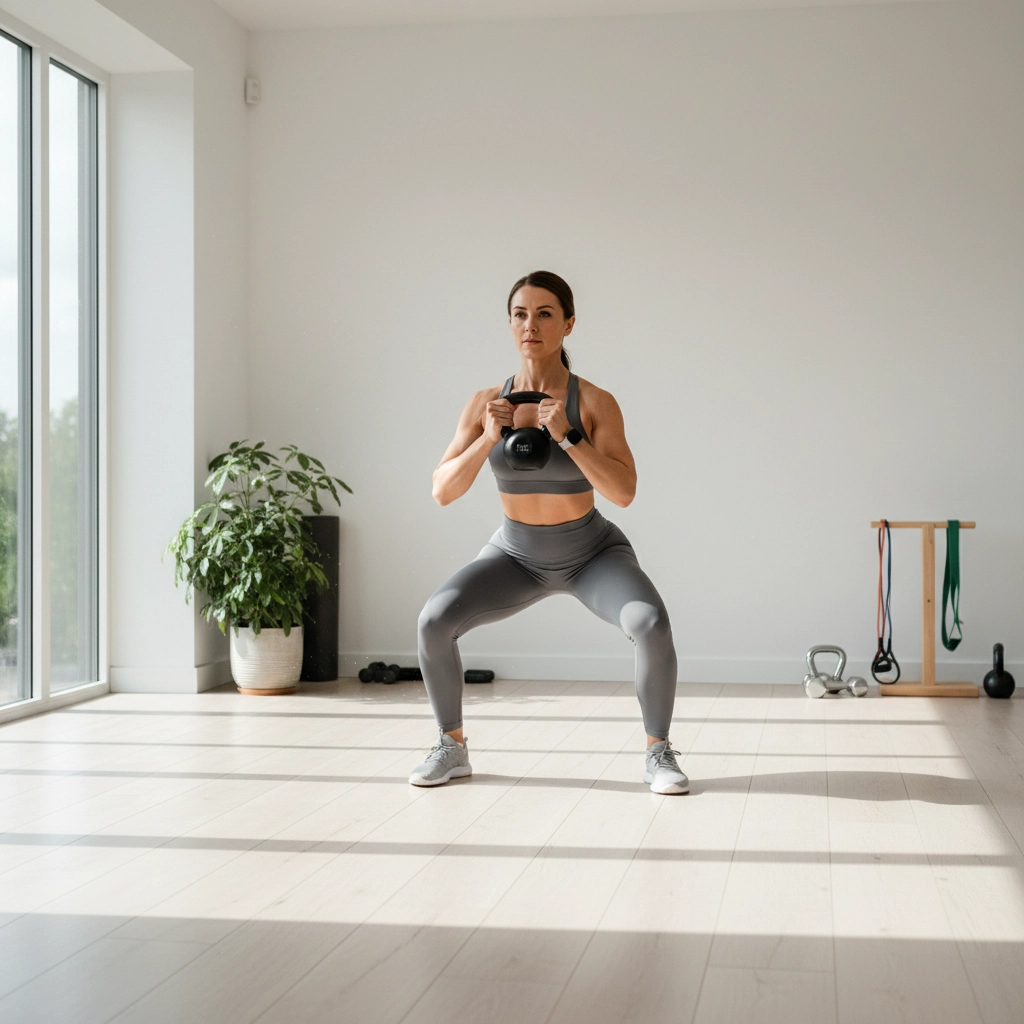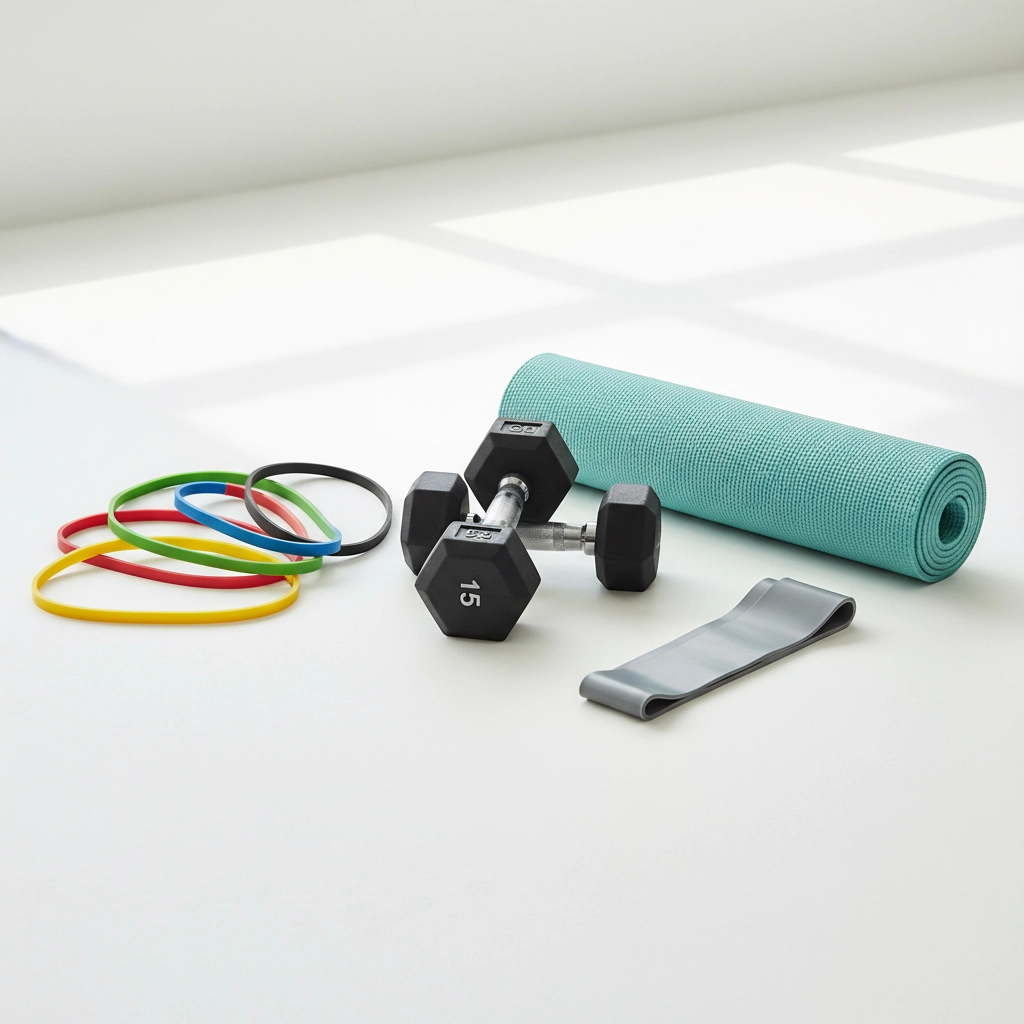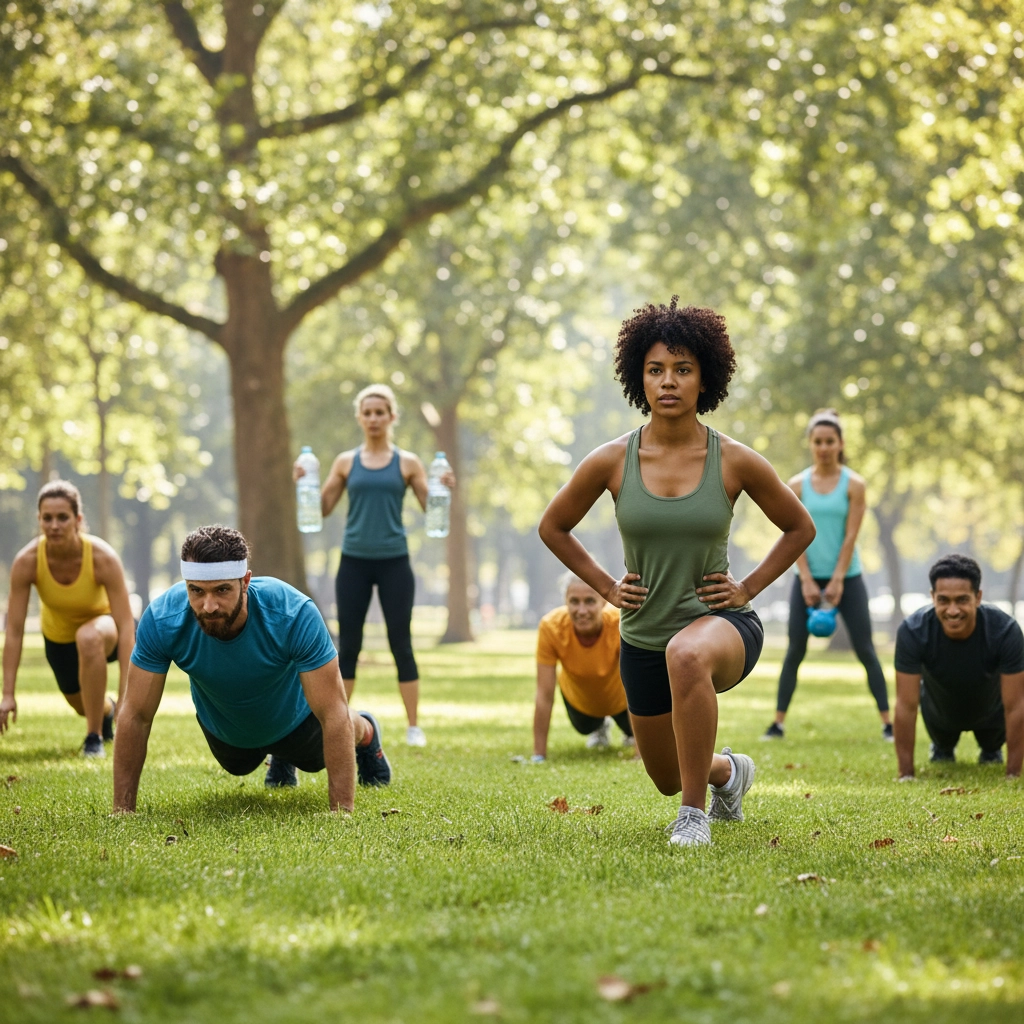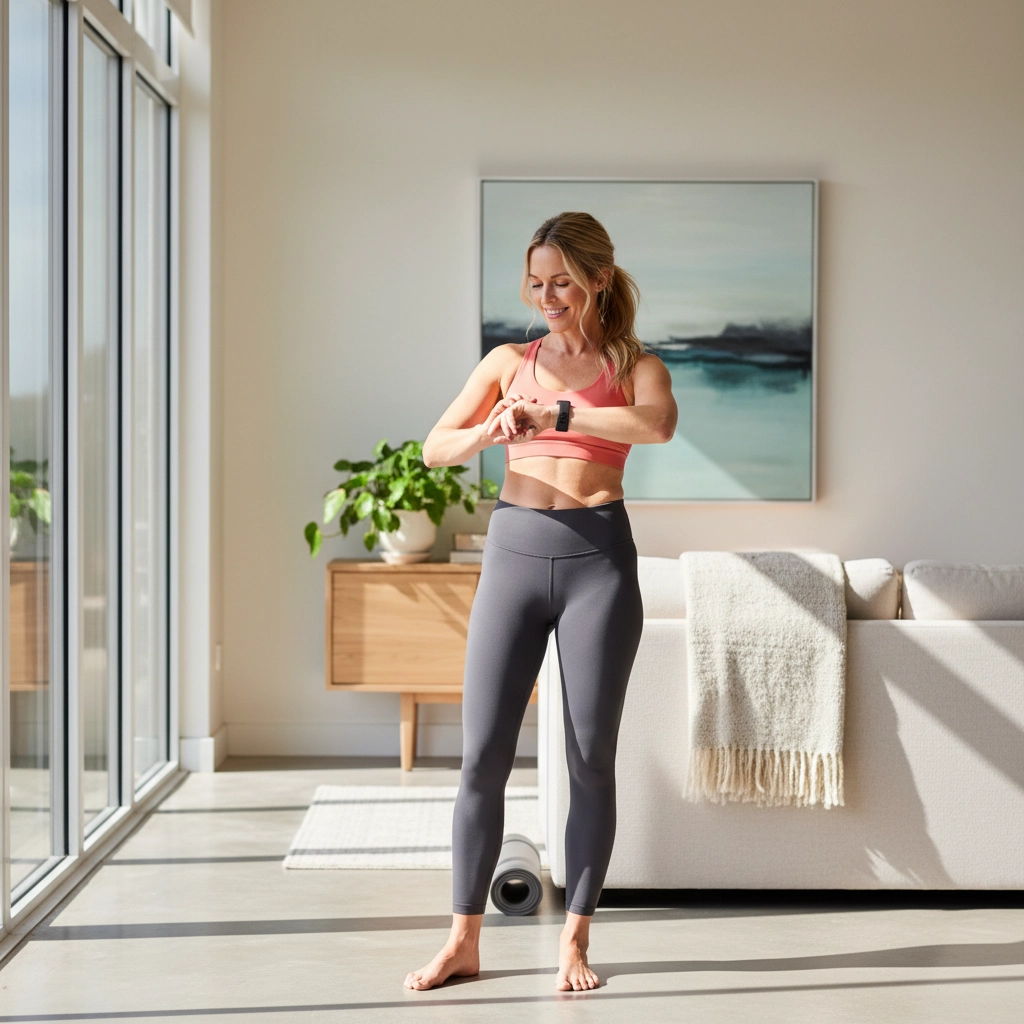Ever struggled to lift a heavy box from the floor, or felt your back twinge when picking up your kids? You're not alone. While traditional gym routines might have you bench pressing impressive numbers, they don't always translate to real-world strength. That's where functional fitness comes in: and it's about to change how you think about working out.
Functional fitness isn't just another fitness trend. It's a training approach designed to enhance your body's ability to perform everyday movements with ease, power, and confidence. Instead of isolating muscles like a traditional bodybuilding routine, functional fitness trains movement patterns that you actually use in daily life.
What Makes Functional Fitness Different?
Think about your typical day. You squat down to pick things up, you push doors open, you twist to reach behind you, and you carry groceries up stairs. These aren't single-muscle movements: they require your entire body to work as one coordinated unit.
Traditional strength training often focuses on isolated muscle groups. You might do bicep curls for your arms, then leg extensions for your quads. But when do you ever use just your biceps in real life? Functional fitness flips this approach by training movements, not muscles.

The core principle is simple: your muscles should work together through multi-joint, multi-muscle exercises rather than working in isolation. This means exercises that mimic real-world activities like lifting, pushing, pulling, squatting, rotating, and carrying.
The Game-Changing Benefits You'll Experience
Your Daily Life Gets Easier
The most immediate benefit? Everything becomes noticeably easier. Lifting that 40-pound bag of dog food from your car trunk won't leave you winded. Getting up from the floor after playing with your kids becomes effortless. Functional fitness directly improves your ability to perform activities of daily living, which is especially valuable as we age.
Say Goodbye to Random Injuries
Ever throw out your back reaching for something in the backseat of your car? Functional training strengthens movement patterns that use multiple muscle groups at once, teaching your body to work in harmony. This helps balance out natural weaknesses or asymmetries that can lead to injury.
Research backs this up: a 2021 review found that functional fitness training among athletes led to significantly lower injury rates. When your muscles are trained to perform movements during exercise that mirror real-life activities, these patterns transfer directly to daily situations, providing natural protection against injury.
Balance and Stability That Actually Matters
Functional training dramatically enhances balance by engaging multiple muscle groups simultaneously. Your body learns to move with better coordination and stability across various planes of motion: forward and back, side to side, and rotationally. This is crucial for everyone, but especially important as we age when fall risk increases.
Getting Started: Your Functional Fitness Foundation
The beauty of functional fitness is its accessibility. You don't need a gym membership or fancy equipment to begin. Many foundational exercises use just your bodyweight, making it perfect for beginners, those recovering from injury, or anyone wanting to build real-world strength at home.

Master These Essential Movement Patterns
Functional fitness centers around seven primary movement patterns that support healthy, daily movement:
- Squatting - Getting in and out of chairs, picking things up
- Lunging - Stepping up stairs, getting up from the ground
- Pushing - Opening doors, moving objects away from you
- Pulling - Opening doors, lifting objects toward you
- Rotating - Reaching behind you, swinging a golf club
- Bending - Picking up objects, tying your shoes
- Carrying - Groceries, luggage, children
Your First Functional Fitness Workouts
Beginner-Friendly Exercises to Start Today
Goblet Squats: Hold a weight (or water jug) at chest level and squat down like you're sitting in a chair. This teaches proper squatting mechanics while strengthening your entire lower body and core.
Push-ups: The ultimate functional upper body exercise. Start with wall push-ups if needed, then progress to knee push-ups, and eventually full push-ups.
Single-leg Bridges: Lie on your back, lift one leg, and drive through your heel to lift your hips. This builds glute strength and teaches single-leg stability: crucial for walking and running.
Farmer's Walks: Simply carry weights (or grocery bags) and walk. This builds grip strength, core stability, and teaches your body to maintain posture while carrying loads.
Lunges: Step forward into a lunge position, then return to standing. This mirrors countless daily movements and builds single-leg strength and stability.

Building Your Functional Training Program
The Three-Day Solution
Even training just three days per week can deliver significant results when structured properly. Focus on full-body sessions that hit all major movement patterns rather than splitting body parts across different days.
Progressive Overload Made Simple
To see continuous results, gradually increase the challenge. This might mean:
- Adding more repetitions
- Holding weights during bodyweight exercises
- Increasing the weight you're using
- Progressing to more challenging exercise variations
Essential Equipment for Home Functional Training
While bodyweight exercises form the foundation, a few key pieces of equipment can dramatically expand your functional training options.
Resistance Bands: Perhaps the most versatile functional training tool available. Resistance bands allow you to train in all planes of motion and provide variable resistance that challenges stabilizing muscles throughout entire ranges of motion.
Adjustable Weight Bench: A quality multi-functional weight bench opens up countless exercise possibilities, from step-ups to incline push-ups to supported single-leg exercises.

Tracking Your Progress
Monitor Real-World Improvements
Unlike traditional training where progress might be measured by how much you can bench press, functional fitness progress shows up in daily life. Pay attention to how you feel when:
- Carrying groceries up stairs
- Getting up from the floor
- Playing with your kids or grandkids
- Doing yard work or household chores
Use Technology to Stay Motivated
Modern fitness trackers can help monitor your overall activity levels, heart rate during workouts, and recovery patterns. Tools like fitness trackers provide valuable insights into your training progress and help maintain consistency.
The Confidence Factor
Here's something often overlooked: functional fitness builds measurable confidence. There's something powerful about knowing your body can handle whatever life throws at it. When you can effortlessly pick up a toddler, move furniture, or keep up on a hiking trail, you're not just physically stronger: you're more confident in your abilities.

Making It Stick
Start Small, Stay Consistent
The biggest mistake beginners make is trying to do too much too soon. Start with 2-3 exercises, 2-3 times per week. Master the movement patterns before adding complexity or weight.
Focus on Quality Over Quantity
Perfect form with lighter weights or bodyweight beats sloppy form with heavy weights every time. Functional fitness is about teaching your body efficient movement patterns: poor form teaches inefficient patterns that can lead to injury.
Your Next Steps
Functional fitness represents more than just another way to exercise: it's an investment in your long-term quality of life. Every squat you do today makes getting out of chairs easier for decades to come. Every push-up builds strength that helps you in countless daily situations.
Start with the basics: bodyweight squats, push-ups, and planks. Focus on moving well before moving heavy. As you build confidence and strength, gradually add complexity and resistance.
The goal isn't to become a gym warrior: it's to become someone who moves through life with strength, confidence, and ease. That's the true power of functional fitness, and it's available to anyone willing to start where they are and build from there.
Your body is designed to move. Functional fitness simply teaches it to move better, stronger, and smarter. The result? Real-world strength that makes every day a little bit easier and a lot more empowering.

0 comments